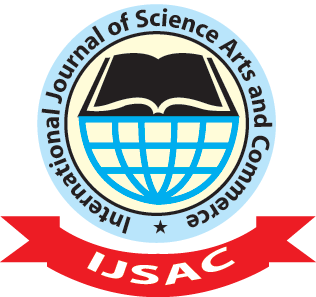Abstract
Under the global economic activities, the scale of competition in various industries is larger than in the past, and the staff affects whether the company's industry can continue to operate and whether They are more competitive and irreplaceable with other related industries. How can they attract or comfort them in various ways to stay and continue for a long time? Service is an important topic? Sea crews are different from general companies or institutional industries. They may experience various winds and waves and changeable conditions at sea. They have to overcome not only to be familiar with the difference between the living environments of ships and onshore, but also to overcome the most painful ones. "Seasickness" is also due to the lower willingness of people to stay which will increase the burden of the current job. With the development of the times, information technology and sensing technology continue to develop, the Internet of Things architecture sensor detection function, can provide more personalized and diversified services, through RFID and other portable devices to facilitate the use of personal information users and system device management, and then understand the physical and psychological state of the crew, can effectively achieve real-time management of human resources management (personnel health monitoring). In addition, the use of advanced sensing instruments, equipment for the operation of equipment regular or irregular measurement, analysis and identification, in order to facilitate the current status of the operation of each equipment, and the results of testing and diagnosis can be used as the basis for maintenance, the repair period of the mastery and material preparation also have predictable functions, and thus reduce maintenance costs and improve economic efficiency. Therefore, this research hopes to use sensing technology and IoT to record various data records of personnel working on deck or bilge, such as: travel distance, sleep time, Cardiopulmonary function or other relevant data of the working environment, and then construct the crew's measurement indicators of work load, vocational skills, salary and benefits, and turnover intention.
